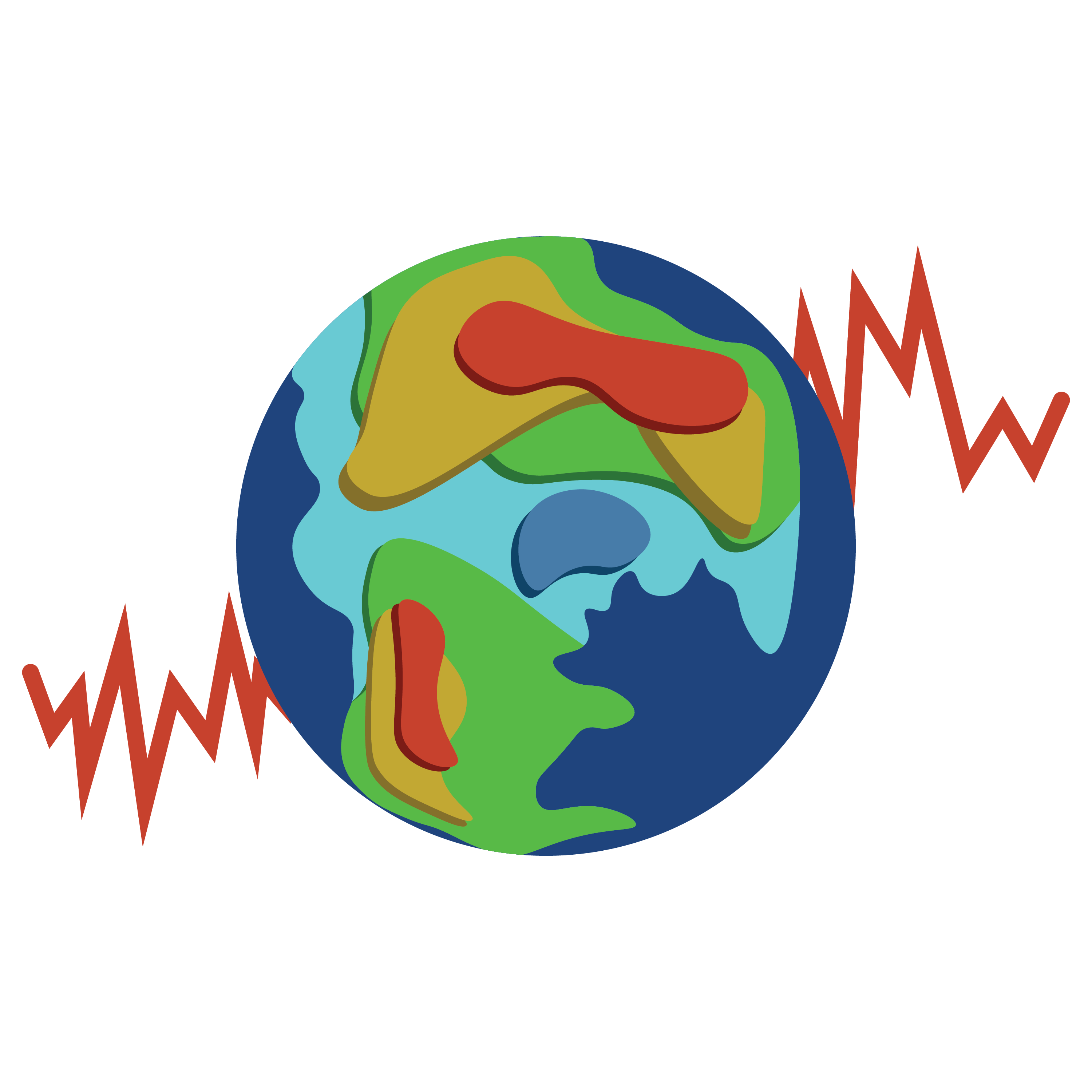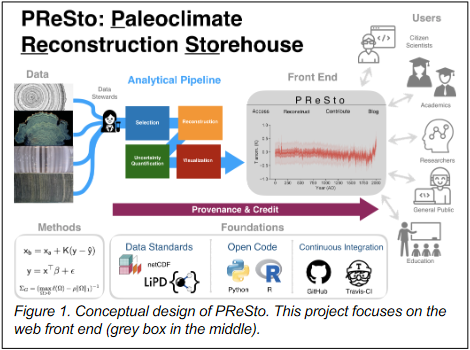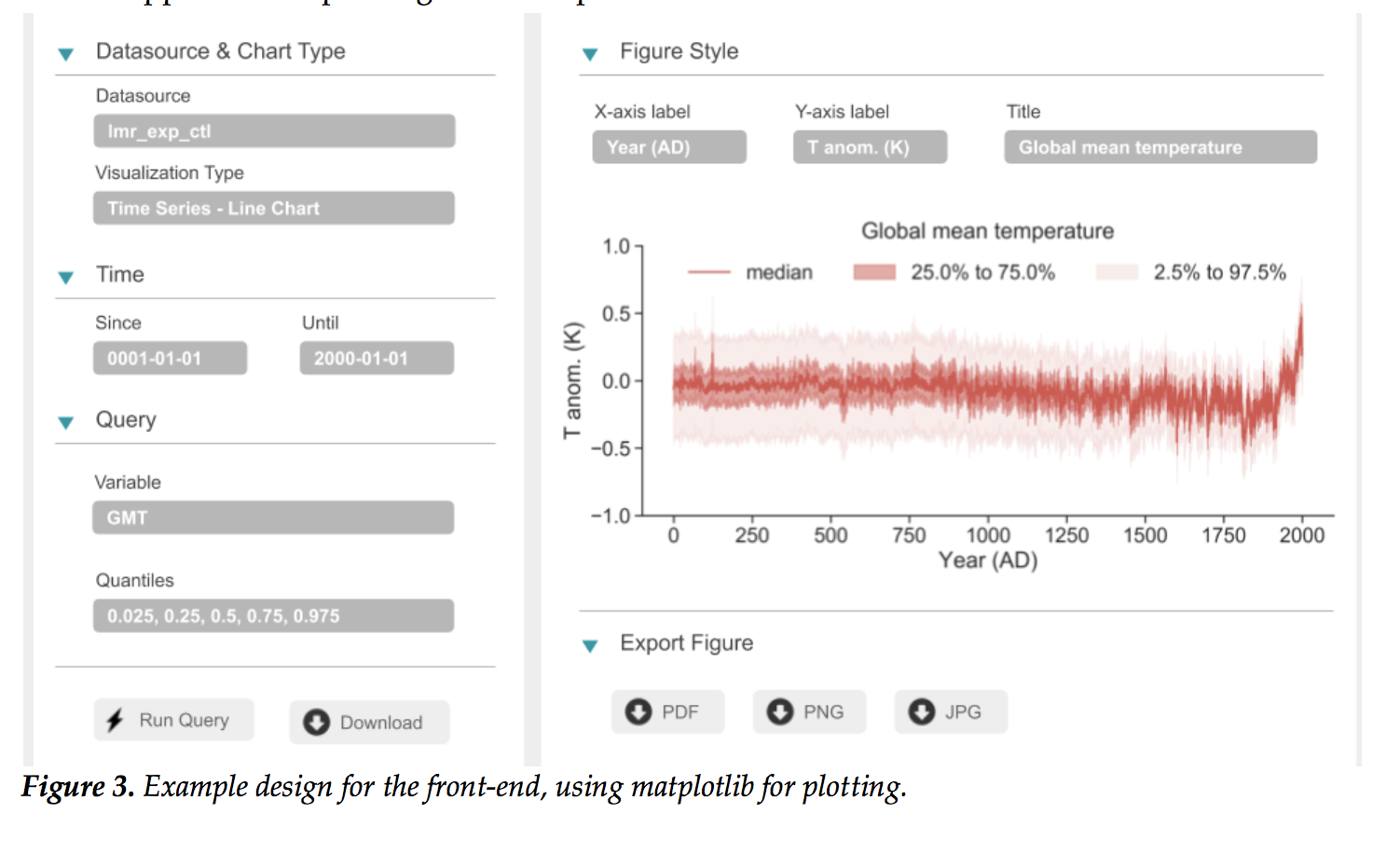 PReSto Visualization Application
PReSto Visualization Application
 PReSto Visualization Application
PReSto Visualization Application
Paleoclimatology is the study of past climate conditions. Specifically, Paleoclimatologists study variations in the past climate in order to identify the causes of climate change. Past climate conditions can be observed through use of natural records such as tree rings or ice cores which contain imprints of the Paleoclimate. These imprints are known as proxy records. For example, the isotopes preserved in coral skeletons can be used to measure the temperature of the water in the area where the coral grew. Proxy records can range anywhere from lake sediments to pollen, and provide measurable climate data, such as temperature, precipitation, and air pressure in a specific region. By collecting this data, Paleoclimatologists can create climate reconstructions that accurately model past climate conditions and variations.
Our project is focused on providing an intuitive interface to analyze Paleoclimate data. The project will not only be instrumental to the research of Paleoclimatologists, but also for policymakers and educators. Using inferences from the Paleoclimate visualizations, policymakers will be better informed to enact laws that mitigate the effects of climate change. Educators can use the information from the Paleoclimate visualizations to teach future generations ways to protect the natural environment. In order to comprehensively address climate change now and in the future, it is crucial that we first understand past climate variations and their causes.
Read more about the project here.

